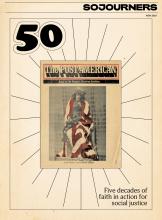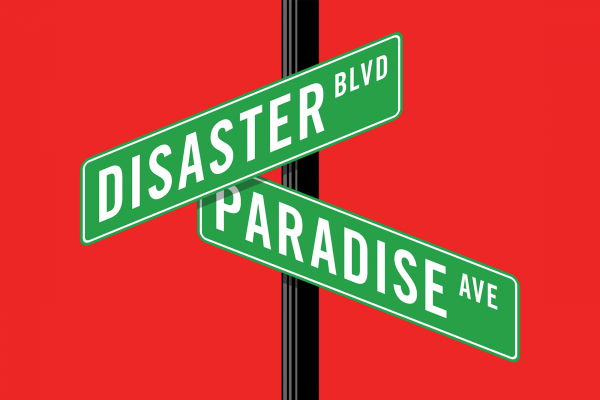A MONK DIES much as he lived—in holy obscurity. That’s the goal at least.
Father Maurice Flood lived as a Trappist for 64 years. At his funeral in August, his abbot described Maurice’s monastic journey as “atypical.” And so it was.
To enter the Order of Cistercians of the Strict Observance (Trappists), one vows silence, stability, poverty, chastity, continual conversion, and obedience to Christ (in the person of one’s abbot). When I met Maurice in 1980, he was uproariously funny and riding his Harley-Davidson around the U.S. with a homemade telescope strapped to the side. Though neither silent nor “stable,” his other vows appeared to hold firm.
Read the Full Article

Already a subscriber? Login
